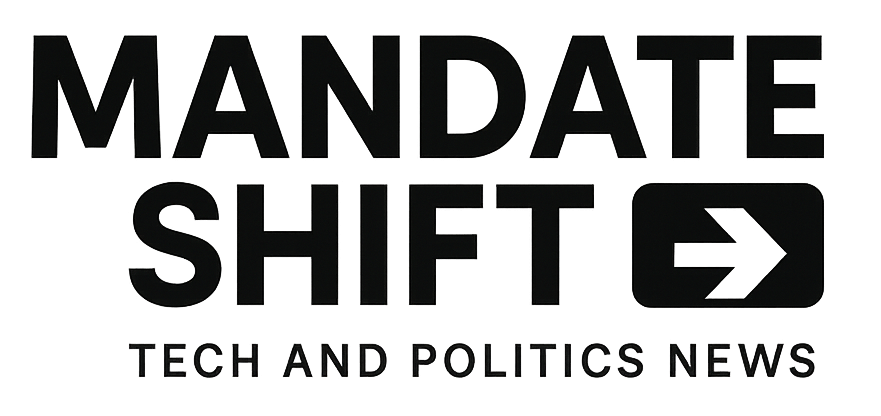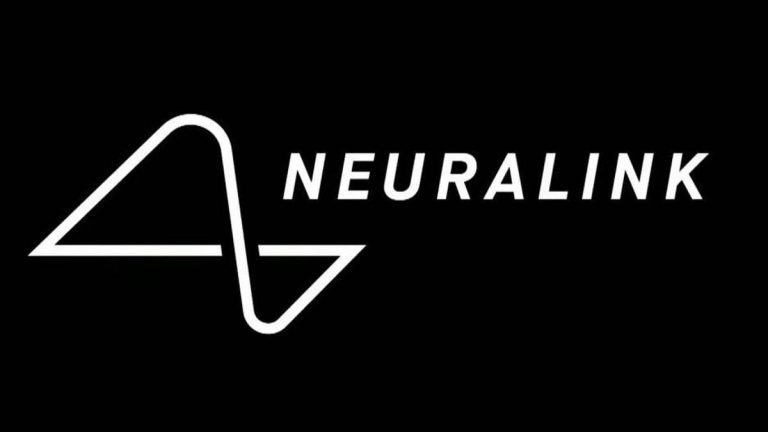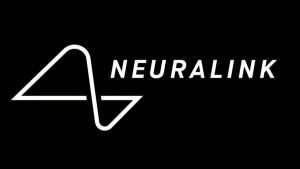The conversation around Artificial Intelligence has fundamentally changed. Forget asking an AI to write an email; the new generation of AI can now launch the entire marketing campaign autonomously. This is the “agentic revolution,” a pivotal shift from AI as a passive tool to AI as a proactive digital employee, and it’s already reshaping the global economy.
For the past few years, the world has been captivated by generative AI—systems like ChatGPT that can produce text, images, and code on command. But this was just the opening act. The most significant trend in AI today is the move from AI that
generates to AI that does.
Welcome to the era of agentic AI. An AI agent is an autonomous system that can perceive its digital environment, create a complex, multi-step plan to achieve a goal, and then execute that plan using a variety of software tools, all with minimal human supervision. It doesn’t just respond to a prompt; it takes on an assignment. This leap from passive assistant to autonomous worker is not a distant future—it’s delivering staggering returns for pioneering companies right now.
The New Digital Workforce: From Hype to ROI
While the concept can seem abstract, the business impact is concrete and measurable. Across industries, companies are deploying AI agents to re-engineer their core operations and are seeing transformative results.
- In Logistics, global shipping giant DHL deployed an intelligent agent to overhaul its delivery operations. The agent autonomously forecasts package volumes, plans optimal routes by analyzing real-time traffic and weather, and dynamically adjusts schedules. The result was a 30% improvement in on-time delivery rates and a 20% savings in fuel costs.
- In Manufacturing, Siemens implemented predictive maintenance agents on its factory floors. By analyzing a constant stream of data from machinery sensors, these agents forecast equipment failures before they happen. This led to a 30% decrease in unplanned downtime and a 20% reduction in maintenance expenses.
- In Retail, Walmart is tackling inventory management with autonomous bots powered by AI agents. These bots patrol store aisles, monitor stock levels, and trigger restocking orders without human intervention, leading to a 35% reduction in excess inventory.
- In E-commerce, Amazon’s fulfillment centers are run by a sophisticated multi-agent system where Kiva robots and digital optimization agents collaborate. This ecosystem handles everything from stock replenishment to order fulfillment, resulting in a 20% cut in operating expenses and 50% faster inventory management.
These are not isolated successes. From H&M using virtual shopping assistants to resolve 70% of customer queries autonomously to energy firm AES slashing safety audit costs by 99%, the evidence is clear: agentic AI is delivering quantifiable business value.
The “Gen AI Paradox”: Why Most Companies Are Being Left Behind
Despite these compelling case studies, a critical disconnect has emerged. A landmark report from McKinsey & Company revealed the “gen AI paradox”: while nearly eight in ten companies report using generative AI, roughly the same percentage report seeing no material impact on their earnings.
The reason for this gap lies in a fundamental misunderstanding of how to deploy AI. Most companies are focused on “horizontal” applications—general-purpose tools like employee copilots and simple chatbots. These are easy to implement but deliver diffuse, low-impact benefits.
The vanguard of companies, however, is focused on “vertical” applications. These are the deeply integrated, function-specific agentic systems that re-engineer a company’s supply chain or automate its financial audits. These applications deliver transformative results but require a willingness to fundamentally rebuild business processes with AI agents at the core. The primary barrier to unlocking AI’s productivity gains is not technology; it’s organizational and cultural inertia.
The Next Frontier: The Autonomous Enterprise
The revolution doesn’t stop with single agents. The next phase, already taking shape, is the rise of collaborative, multi-agent systems where individual AI agents communicate and coordinate across departments. Imagine an HR agent identifying a top job candidate and then autonomously syncing with the finance agent to confirm the budget and the legal agent to generate a compliant contract—executing a process that once took weeks in just minutes.
This vision of an “autonomous enterprise” is the logical endpoint of the agentic trend. It’s a future where entire business functions are managed and optimized by interconnected AI systems, freeing up human workers to focus on strategy, creativity, and innovation.
The message for business leaders is clear. The era of AI as a novelty is over. The era of AI as a core member of the workforce has begun. The competitive landscape of the next decade will be defined by who can best integrate these new digital employees, not just as tools, but as the engine of a smarter, faster, and more resilient enterprise.











